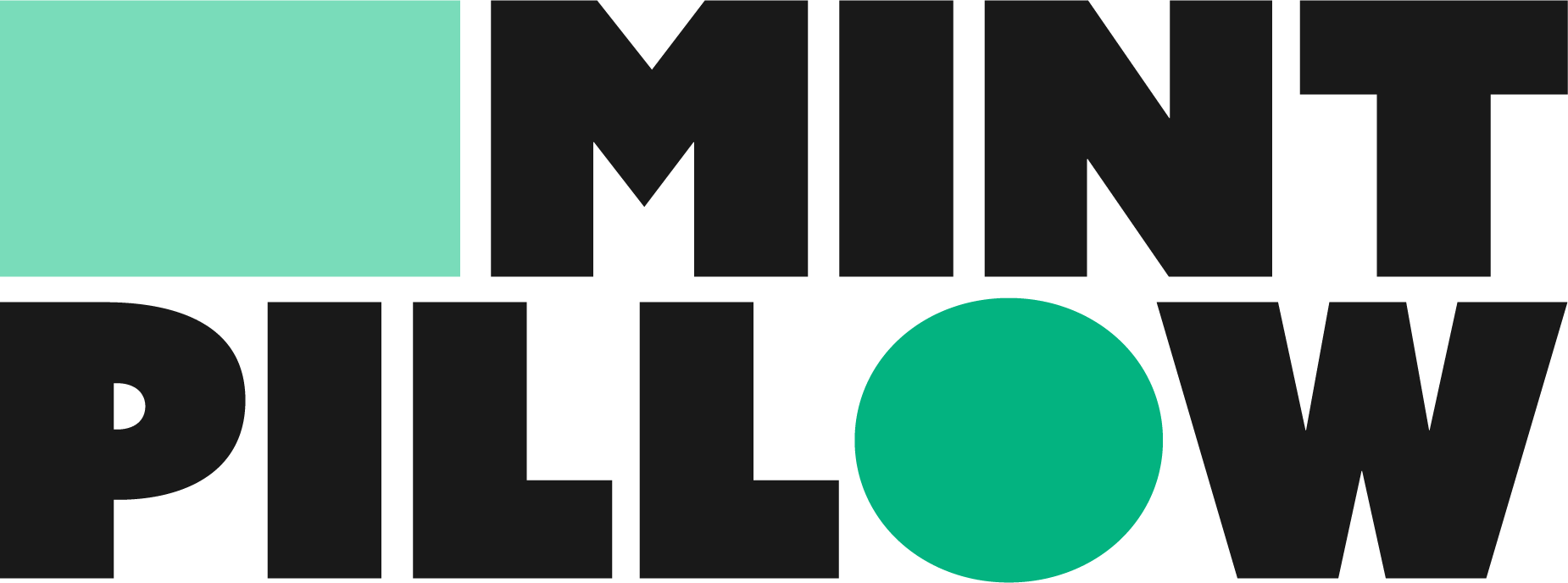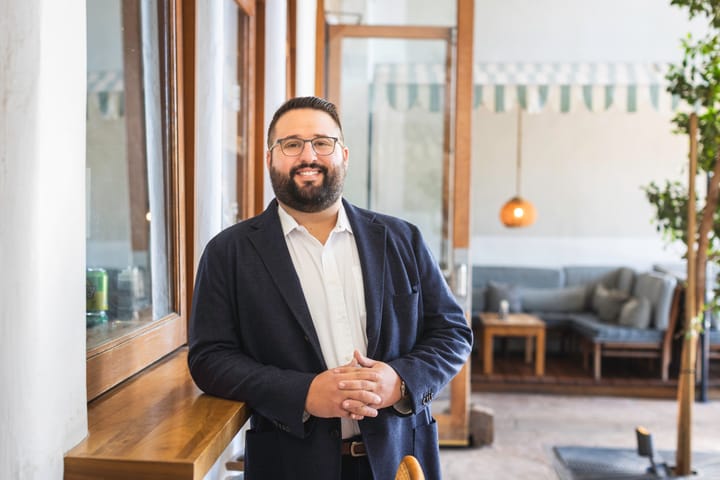'Without our lived experiences, AI has nothing to talk about'
Diamond PR founder and CEO Jody Diamond shares what PR looks like in the age of AI.

When Jody Diamond launched Diamond PR in 2007, she wasn’t interested in “business as usual.” Fast-forward a bit and her agency is now one of the go-tos in hospitality and travel, known for campaigns that actually move the needle (and turn heads while doing it). Her secret? She’s equal parts strategist, storyteller and straight-shooter with a fearless approach, killer media relationships and a finely tuned radar for what’s next. Here, she shares what PR looks like in the age of AI.
—Interview by Jennifer Glatt, edited by Lesley McKenzie
You’ve got your finger on the pulse of travel trends, from TikTok buzz to booking behavior. How do you see AI helping PR professionals distinguish between fleeting hype and the trends that truly drive bookings and put heads in beds?
My favorite trait of our AI allies is the time it can save us through its ability to digest massive amounts of information in literally moments. Because these engines can grab copious amounts of data from booking metrics to social chatter and even historical patterns and cross-reference diverse signals, it can spot trends that have genuine, lasting consumer interest as opposed to fleeting spikes.
Having this type of intelligence at your fingertips is invaluable in helping place the focus on those behaviors that will have both impact and staying power, the ones most likely to convert inspiration into bookings. What makes them remarkable is their constant refresh of recent information, mostly within a 12-month period, allowing these systems to deliver insights that are both timely and actionable.
How can AI support, but not replace, the kind of authentic narrative-building that inspires travelers to choose one destination over another?
Consumers making choices do so based on past behavior and emotional nuance. Having technology such as this that allows the marketer insight into a would-be traveler's behavior and what moves them, based on empirical evidence, is a game-changer. By being offered a peek into key insights, we can use that as a starting point for the stories we want to tell, one that feels timely, rich and connects with customers on a visceral level, thanks to a clearer view as to what moves them, all given to us via these platforms... AI may tell us where to dig, but it’s the combined talents of PR professionals and our partners in the media who ultimately identify and craft the authentic narratives worthy of attention.
With AI’s ability to sift through massive datasets, how do you envision hotels and destinations using these tools to identify and reach their most promising audiences more effectively?
I am genuinely conflicted on this one... Hotels and destinations now use these systems enriched with travel patterns, economic data, flight trends and more to uncover when, why and how consumers might travel. The result is social, digital, advertising and PR campaigns that can be laser-targeted and highly persuasive. AI can even help identify which channels convert best, enabling unprecedented precision in outreach.
I think the future will see more and more of the industry using AI tools this way, with great success, to gain an edge on who their target guest is, how they behave and how best to appeal to them. But here is where the conflict lies. Many hotels or destinations, especially those clustered in the same region, can court remarkably similar traveler profiles. Because AI works from overlapping datasets, executives relying on these tools often receive strategies, or “ideas,” that mirror their competitors. I’m already seeing it, a resulting “sea of sameness,” where marketing ideas that appear unique are quietly echoed across rival campaigns. I worry we will start to see an erosion of uniqueness... Data can guide us to opportunity, but it can’t deliver originality that sets one brand, destination or offering apart from one another. To continue inspiring travelers, the industry will need to hold fast to its own authentic voice and distinctive point of view.
Where do you see the non-negotiable human elements of hospitality PR—the areas where AI simply can’t match intuition and creativity?
AI can collect our stories, convert them into data and repackage them, but it can never feel them. It can’t capture the awe of seeing a landscape for the first time, the taste of a regional specialty or the emotional spark of rediscovering a favorite destination.
All of that is what guides true creativity amongst all of us. AI can only work with what we feed it, our words, images and shared accounts, and attempt to relay that in ways that resonate. Often, it delivers neat lists and tidy answers, and I do love it as my quick-thinking bestie when I need instant input. But when I want to truly feel the story, I’ll always turn to trusted travel writers, media outlets, impassioned influencers and fellow travelers who I know are sharing from a first-hand perspective. The human perspective is not just preferable, it’s non-negotiable. Without our lived experiences and willingness to share them, AI has nothing to talk about.




